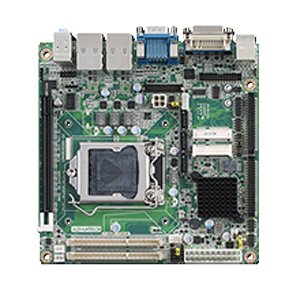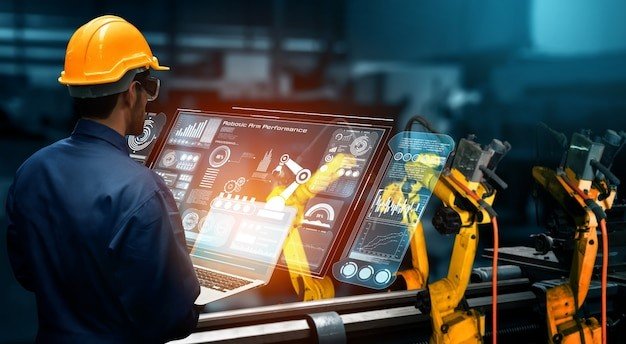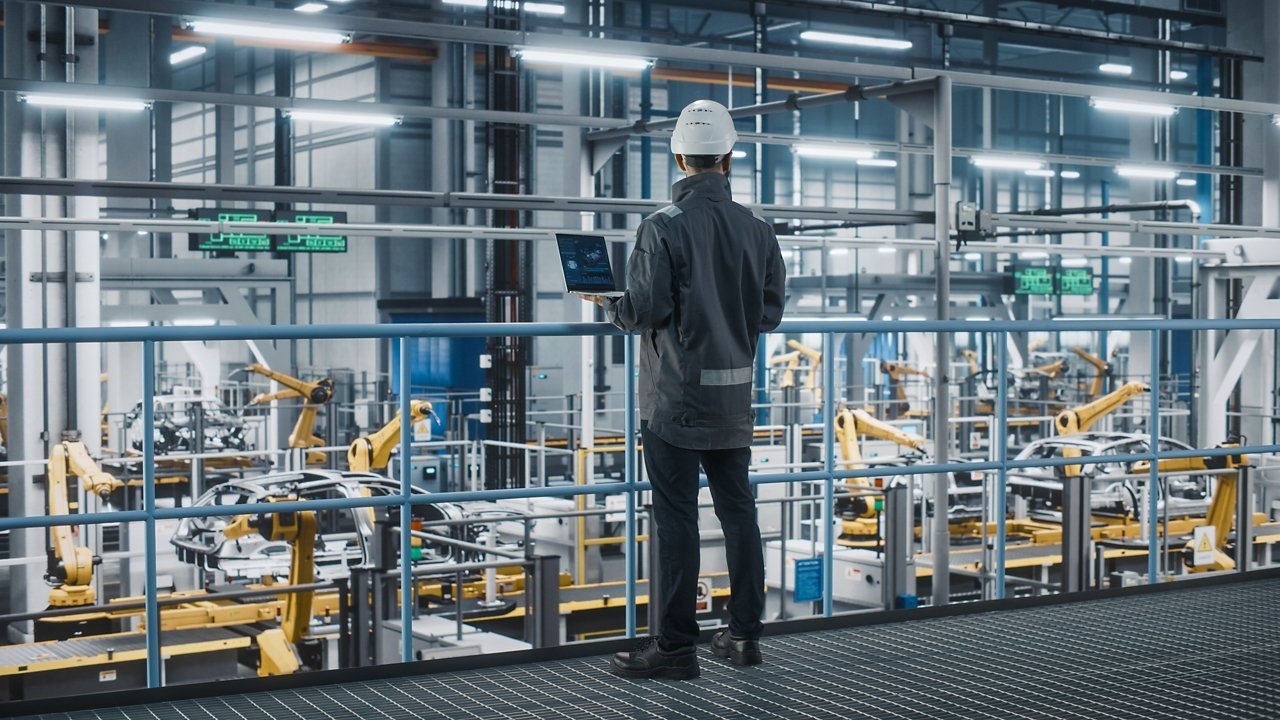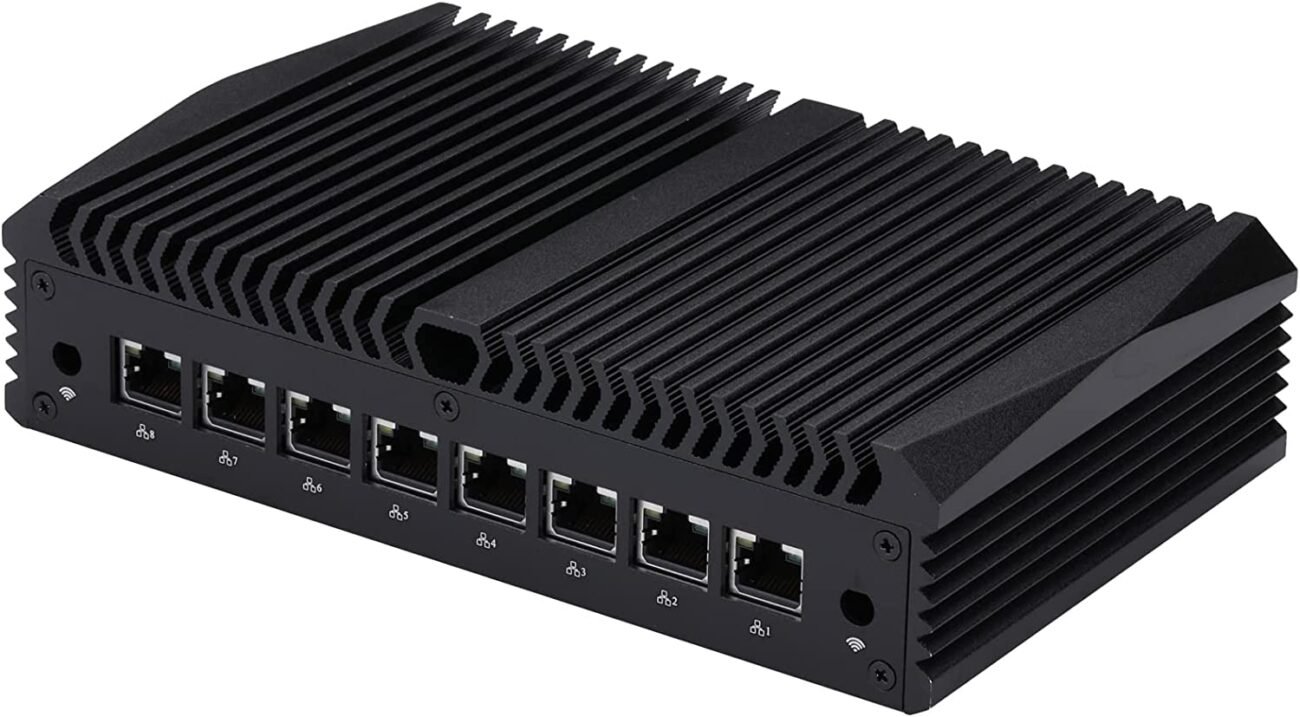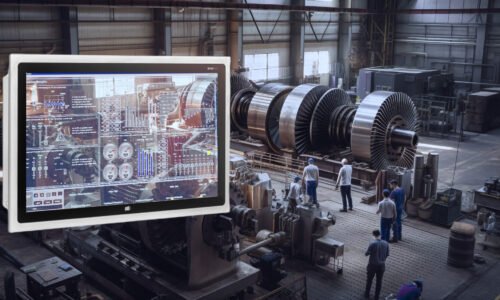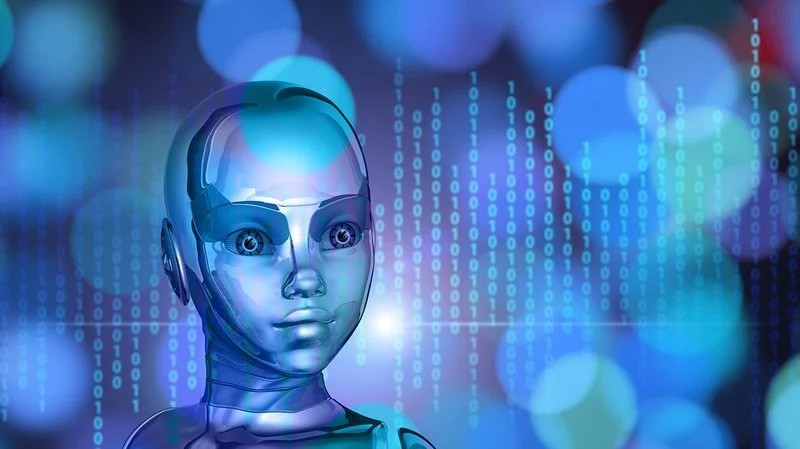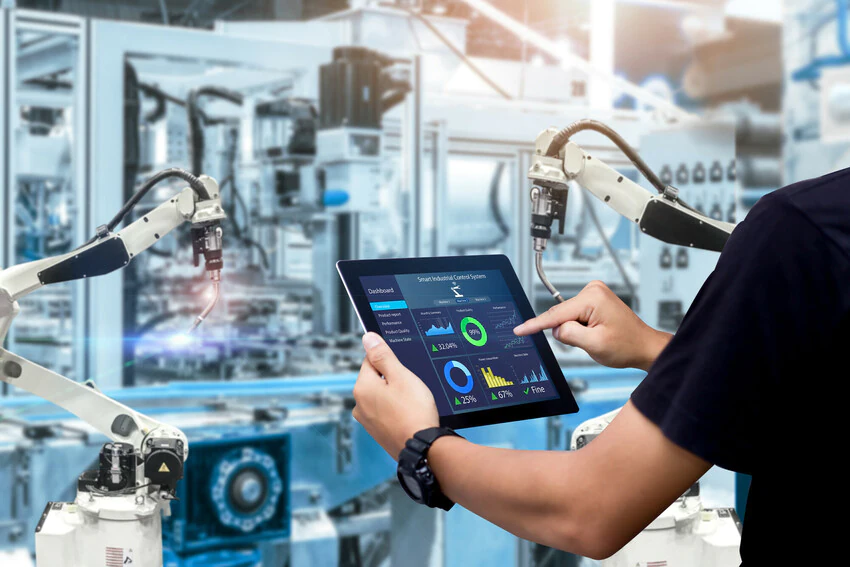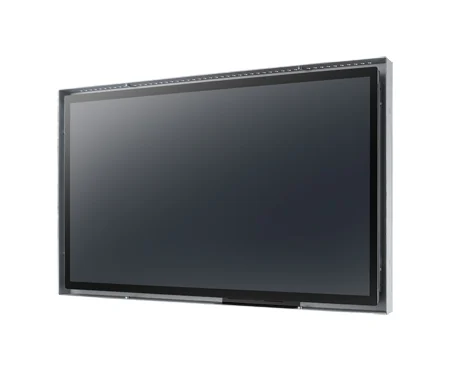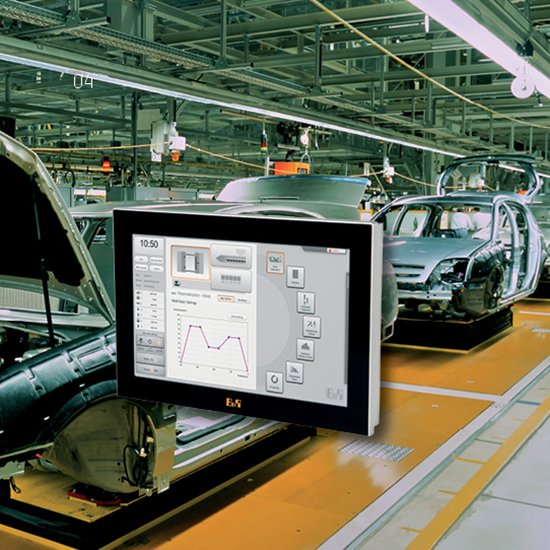Embedded computer systems have become an integral part of our daily lives, powering a wide range of devices and applications that we rely on for communication, entertainment, healthcare, transportation, and more. As technology continues to evolve at a rapid pace, the world of embedded systems is also experiencing transformative advancements. In this article, we will delve into the latest trends shaping the field of embedded computer systems, from enhanced processing power to artificial intelligence integration.
1. Introduction
Embedded computer systems refer to specialized computing devices that are integrated into various products and systems to perform specific functions. These systems have witnessed a remarkable evolution in recent years, enabling them to tackle more complex tasks efficiently.
2. Enhanced Processing Power for Complex Applications
As the demand for smarter and more capable devices grows, embedded systems are incorporating increasingly powerful processors. This allows for the execution of sophisticated applications, from real-time video processing to complex simulations.
3. Internet of Things (IoT) Integration
IoT integration is a driving force behind the evolution of embedded systems. By connecting devices to the internet and each other, embedded systems enable seamless data exchange and automation, enhancing user experiences and efficiency.
4. Artificial Intelligence (AI) and Machine Learning (ML) in Embedded Systems
AI and ML are revolutionizing embedded systems by enabling them to learn from data and make intelligent decisions. This is especially valuable in applications such as voice recognition, autonomous vehicles, and predictive maintenance.
5. Security Enhancements in Embedded Systems
With the increase in interconnected devices, security becomes paramount. Embedded systems are adopting advanced encryption, secure boot mechanisms, and intrusion detection to safeguard sensitive data and prevent unauthorized access.
6. Energy Efficiency and Green Computing
Embedded systems are becoming more energy-efficient, extending the battery life of portable devices and reducing the carbon footprint of larger systems. This trend aligns with the global focus on sustainability.
7. Real-time Operating Systems (RTOS) Evolution
RTOS is the foundation of embedded systems, and recent developments have led to improved multitasking capabilities and lower latency. This is crucial for applications requiring real-time responsiveness.
8. Edge Computing and Fog Computing
Edge computing involves processing data closer to the data source, reducing latency and enhancing efficiency. Fog computing builds on this concept, creating interconnected networks of edge devices to further optimize data processing.
9. Wireless Communication Advancements
Advancements in wireless communication technologies, such as 5G, LoRaWAN, and NB-IoT, are expanding the possibilities of what embedded systems can achieve. These technologies offer higher bandwidth, longer range, and lower power consumption.
10. Human-Machine Interfaces (HMIs) Transformation
HMIs are evolving beyond traditional buttons and screens. Gesture recognition, augmented reality (AR), and virtual reality (VR) are redefining how users interact with embedded systems.
11. Embedded Vision and Image Processing
Embedded vision technologies are enabling devices to interpret and analyze visual data. From facial recognition to object detection, these capabilities have applications in security, healthcare, and more.
12. Automotive and Transportation Applications
Embedded systems are at the core of modern vehicles, enabling features like advanced driver-assistance systems (ADAS), infotainment, and vehicle-to-everything (V2X) communication for safer and smarter transportation.
13. Medical and Healthcare Innovations
In the healthcare sector, embedded systems are powering medical devices that monitor vital signs, deliver medications, and assist in surgeries. These innovations are enhancing patient care and treatment outcomes.
14. Industrial Automation and Industry 4.0
Embedded systems play a pivotal role in industrial automation, enabling smart factories and processes in the context of Industry 4.0. These systems enhance productivity, reduce errors, and facilitate predictive maintenance.
15. Conclusion
The landscape of embedded computer systems is evolving rapidly, driven by technological breakthroughs and growing user expectations. From enhanced processing power to AI integration, these trends are reshaping industries and paving the way for a smarter, more connected future.
FAQs
What are embedded computer systems?
Embedded computer systems are specialized computing devices integrated into various products to perform specific functions, powering applications across industries.
How is AI changing embedded systems?
AI is enabling embedded systems to make intelligent decisions based on data, enhancing capabilities in areas like voice recognition and autonomous devices.
Why is security crucial in embedded systems?
With increased connectivity, security ensures protection against data breaches and unauthorized access to sensitive information.
What is the role of IoT in embedded systems?
IoT integration connects devices, enabling data exchange and automation, leading to more efficient and interconnected systems.
How are embedded systems contributing to sustainability?
Energy-efficient designs in embedded systems extend battery life and contribute to greener computing practices.

